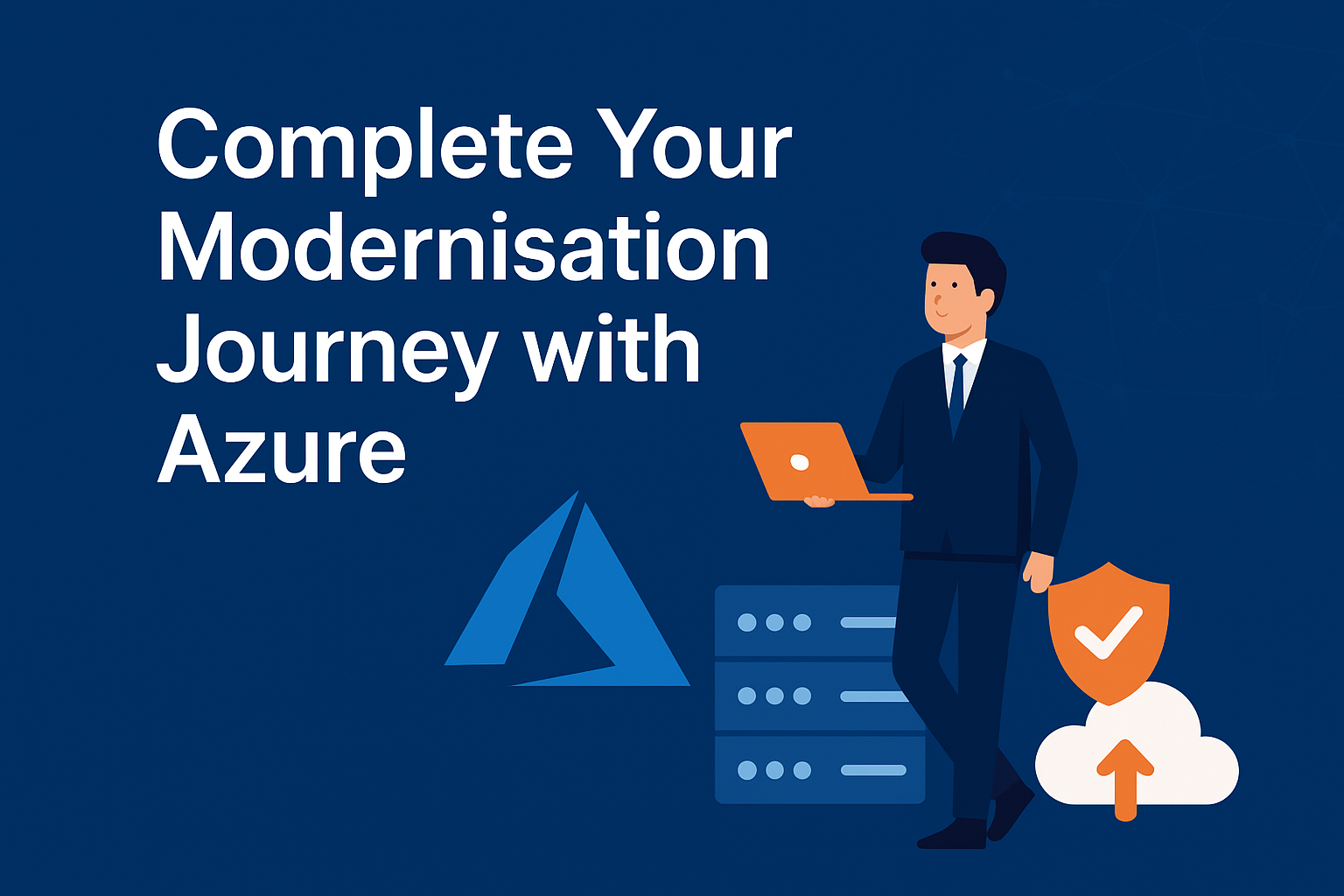Over the past few years, councils across Australia have been modernising their core systems. ERP and Property & Rates platforms — often migrated to SaaS providers like TechOne and Civica — have dominated digital transformation agendas. These are no small feats: multi-year projects, significant investment, and a huge change for staff and IT teams alike.
Going live is rightly celebrated. But it isn’t the end of the story.
ERP and P&R platforms cover core business and property functions, but they don’t take care of everything. For most councils, plenty of critical workloads are still humming away in the server room.
What’s Still Left On-Prem?
If you were to run an application catalogue today, what would still be on-premises? Chances are you’d find things like file and print servers, backups and disaster recovery, or GIS mapping platforms like ArcGIS. Many councils are still managing body cam and CCTV storage, sewer inspection video, and even facility and event booking systems on local infrastructure.
Other examples we see often include financial and records management (depending on the ERP in play), library systems, and remote work enablement tools.
The problem is, leaving these services on-premises doesn’t just keep the lights on in your server room — it also keeps costs high, increases risk, and limits your ability to innovate.
How Azure Completes the Picture
Microsoft Azure isn’t just a replacement for on-prem hardware – it’s a platform that allows councils to finish what they started. By strategically modernising the remaining services into Azure Cloud, councils can consolidate applications sitting outside the SaaS scope into a single, secure, scalable environment.
The benefits are compelling:
- Enterprise-grade security that reduces risk
- Consumption-based pricing that helps control cost
- Resilient cloud backups to protect critical data
- Faster delivery of services without infrastructure delays
- Improved reliability and accessibility for citizens and staff
- The freedom to keep innovating, without being anchored to ageing hardware
In simple terms: Azure gives councils the ability to do more with less – and finally switch off the server room.
Strategic Paths to the Cloud
The biggest challenges councils face are budget, timing and resourcing. ERP projects are expensive, and many councils finish them with IT teams stretched thin. That’s why structured planning is so important.
Forward-looking councils are taking two approaches. Some map out a phased, low-risk transition, tackling the most impactful workloads (left onprem) first. Others choose a rapid three-month program to realise quick wins and meet hardware renewal deadlines. Both strategies work – what matters is having an evidence-based, fully costed plan backed by the right funding and expertise to execute.
Closing the Loop: Time for a CloudLift
Complete your modernisation journey by ensuring every system – not just finance and property – is future-ready. Azure provides the platform to complete that journey, reduce risk, and deliver better outcomes for the community.
Our It helps councils unlock Microsoft funding, create a fully costed plan, and design the right approach – whether that’s a phased migration or a quick-win transition.
If your council still has workloads running on-prem, now is the time to act. Don’t stop halfway. Complete your modernisation journey, plan for the future, and finally say goodbye to your server room.
Start with a CloudLift Assessment today.
Related blogs:
• Building a Cloud Migration Business Case
• How to Write and Evaluate a Microsoft Azure Cloud Tender

